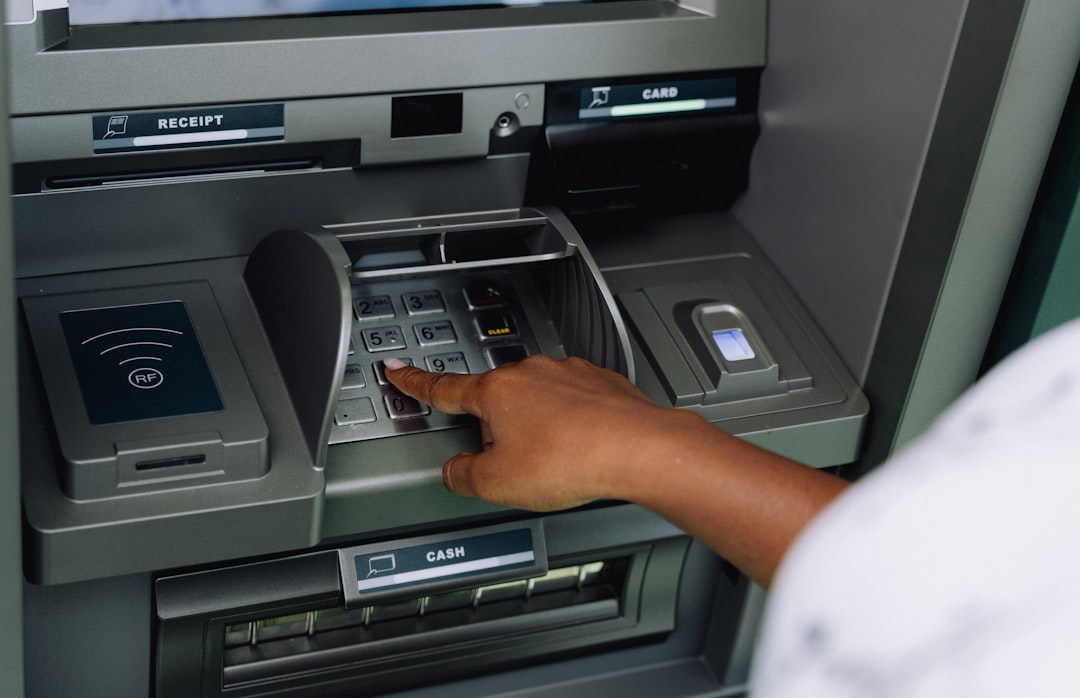Bank reconciliation can be a real headache. But with a little help from Excel and OFX add-ins, it becomes way easier. If you’ve ever tried to match your bank statement with your accounting spreadsheet, you know how tiring it can be. Let’s make this process fun, clear, and simple!
What is an OFX Add-In?
OFX stands for Open Financial Exchange. It’s a format banks use to share financial data. An OFX add-in is like a tiny helper app you install in Excel. It lets you import your bank data directly into a worksheet. No more typing it in line by line!
Why Use an OFX Add-In?
Great question! Here’s why:
- Speeds up bank reconciliations
- Reduces errors from manual entry
- Gives you a neat format to work with
- Helps you stay organized
How to Get Started
Don’t worry. You don’t need to be an Excel wizard. Just follow these steps:
- Download an OFX add-in. There are several out there. Check the Microsoft AppStore or download one from a trusted developer.
- Install the add-in. Open Excel, go to the Insert tab, and click on Get Add-ins. Then search for “OFX” and choose one.
- Connect your bank or upload your OFX file. Most banks let you download statements in OFX format.
- Import the data. Use the add-in’s tools to bring the transaction data straight into Excel.
And just like that, you’ve skipped all the boring parts!

Time to Reconcile!
Now that you have your bank data in Excel, it’s time to match it with your records. Here are some simple tips:
Set Up Your Own Ledger
Make sure you have a worksheet where you’ve tracked your spending or income. This is your checkbook or ledger. It might include dates, descriptions, and amounts.
Use Conditional Formatting
This makes matching transactions more visual. Example: green for matched, red for unmatched. You can use Excel’s Conditional Formatting tools to do this.
Try VLOOKUP or XLOOKUP
These Excel functions help you find matching entries.
- VLOOKUP: Good for vertical lists.
- XLOOKUP: A more flexible version of VLOOKUP (works in newer Excel versions).
Use them to search for banks entries in your own spreadsheet and highlight matches.
Making It Fun
Wait, can spreadsheets be fun? Yes! Add some style:
- Use colors to show status (cleared, pending, unmatched).
- Add emojis to rows. ✅ for cleared, ❌ for errors.
- Create graphs to see how much you spent each month.

Tips for Better Reconciliations
Here are a few pro tips to keep things smooth:
- Download bank data monthly. Don’t wait till the end of the year.
- Keep things consistent. Use the same column headers each time.
- Back up your file. Always save a copy before trying anything new!
- Double-check your formulas. Nothing ruins a good spreadsheet like a broken formula.
What If Something Doesn’t Match?
It happens. Don’t stress. Just check:
- Did you forget to include a transaction?
- Did a transaction clear the bank late?
- Is there a typo in your ledger?
Fixing these is easier when everything is in Excel. And the OFX add-in keeps the formatting tidy.
Wrapping It Up
Using an OFX add-in in Excel is like getting a smart assistant for your finances. It makes bank reconciliation faster and less painful. You don’t need to be an accountant. Just follow the steps, and you’ll be balancing your books in no time.
So grab a coffee, fire up Excel, and make peace with your bank transactions. Happy reconciling!



